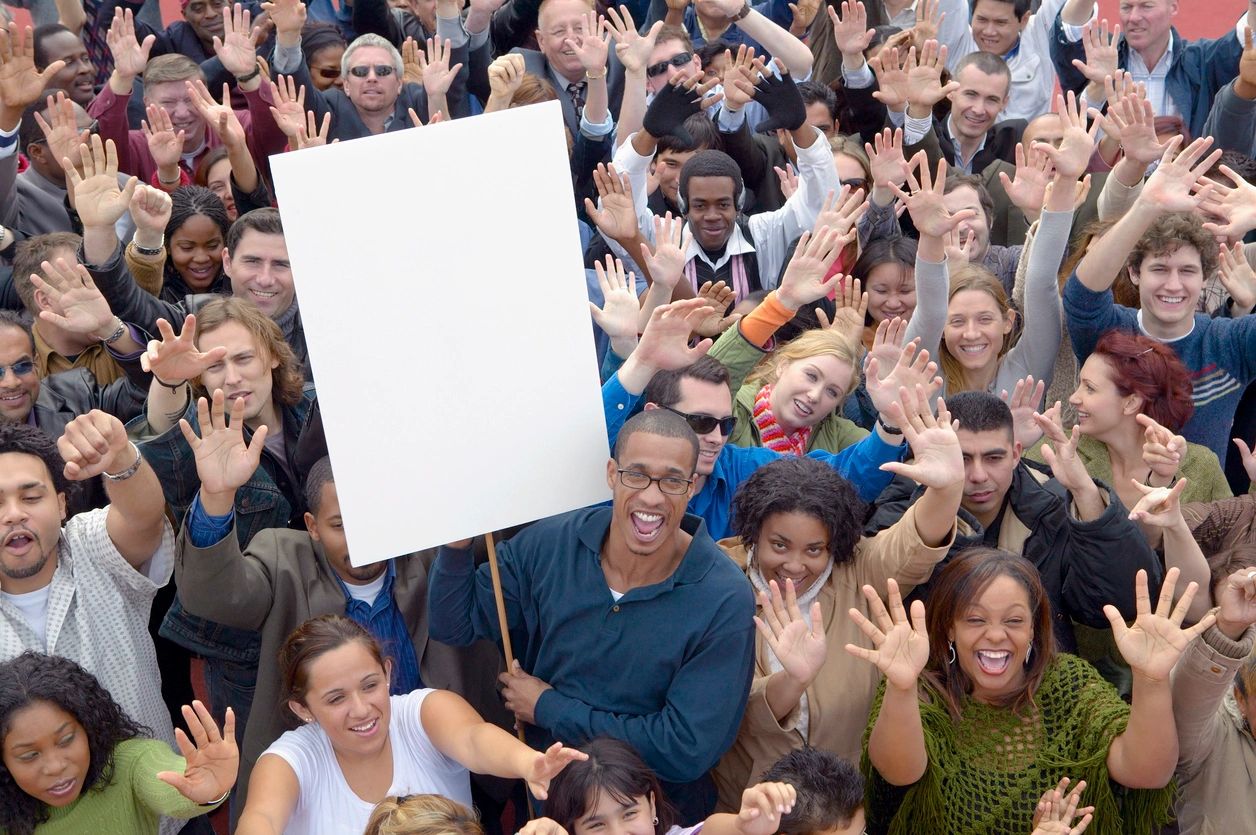When nationwide demonstrations against racial injustice began after George Floyd’s death under the knee of a Minneapolis policeman, America tried in vain to have a dialogue about systemic and structural racism while emotions were running high. As demonstrations cooled from fiery anger to stoic resistance, so too has our willingness to engage in dialogue asking: “Where should we go from here?”
There are Americans who feel freedom, safety, equality and fairness are natural parts of American life. And there are Americans who, like me, live with the reality that the sixth leading cause of death among young Black men is triggered by an encounter with the police. For the first group, Floyd’s death was an illusion-shattering moment. For my group, his murder was a tragic reminder that America is a place where police kill one Black American every 1.5 days.
I’m probably expecting too much of America to use this moment to engage in constructive dialogue about racial equality. But I’m not asking too much of Idaho Falls. We’re uniquely positioned to raise the bar on racial equity and to set a standard for others to emulate.
Here are four suggestions to accelerate world change:
Demonstrate compassion Psychology outlines five levels to identify with the pain of others: apathy, pity, sympathy, empathy and compassion. Each of us must choose compassion. By choosing compassion, we dedicate ourselves to three things: 1) acknowledging racial injustices exist, 2) caring about the lives impacted and 3) to feel these injustices violate the rights of us all and to actively advocate to relieve the suffering.
Challenge assumptions When demonstrations resulted in property damage and injury, we said, “Protests are virtuous, but looting, vandalism and harming others is wrong.” We also said, “Most police are good; there are just a few bad apples.”
Did we also ask ourselves: Could there be only “a few bad apples” among the protesters? Reports have shown as many as 75,000 instigators were infiltrating peaceful protests around the country. When we don’t challenge our assumptions and blindly accept our biases, we’re perpetuating the structure of racial injustice.
Engage in active signaling Other cities have engaged in civic campaigns to draw a line between those who embrace new, desired behaviors and those who either hold on to harmful behaviors or remain silent in the face of atrocities. Idaho Falls residents and businesses could hang “Welcome to All” signs in their windows to signal their place is safe for everyone. T-shirts, hats and pins could signal to our most vulnerable citizens that we’re committed to ensuring equal treatment for everybody.
Move from ally to advocate If people like me could have changed systemic racism, we would have done so by now. Therefore, the question is: What will we all do to change this paradigm for people who can’t change it for themselves? If we continue to sit by and merely wave our ally banners, we’ll be having this conversation again. The cycle will continue. The time has come for us to rise up and move from allyship to advocate. Are you in?
Toni L. Coleman Carter is the chief inspirational strategist for When Trouble Finds You and chairwoman of the Idaho Falls CUSP Inclusion Committee.

